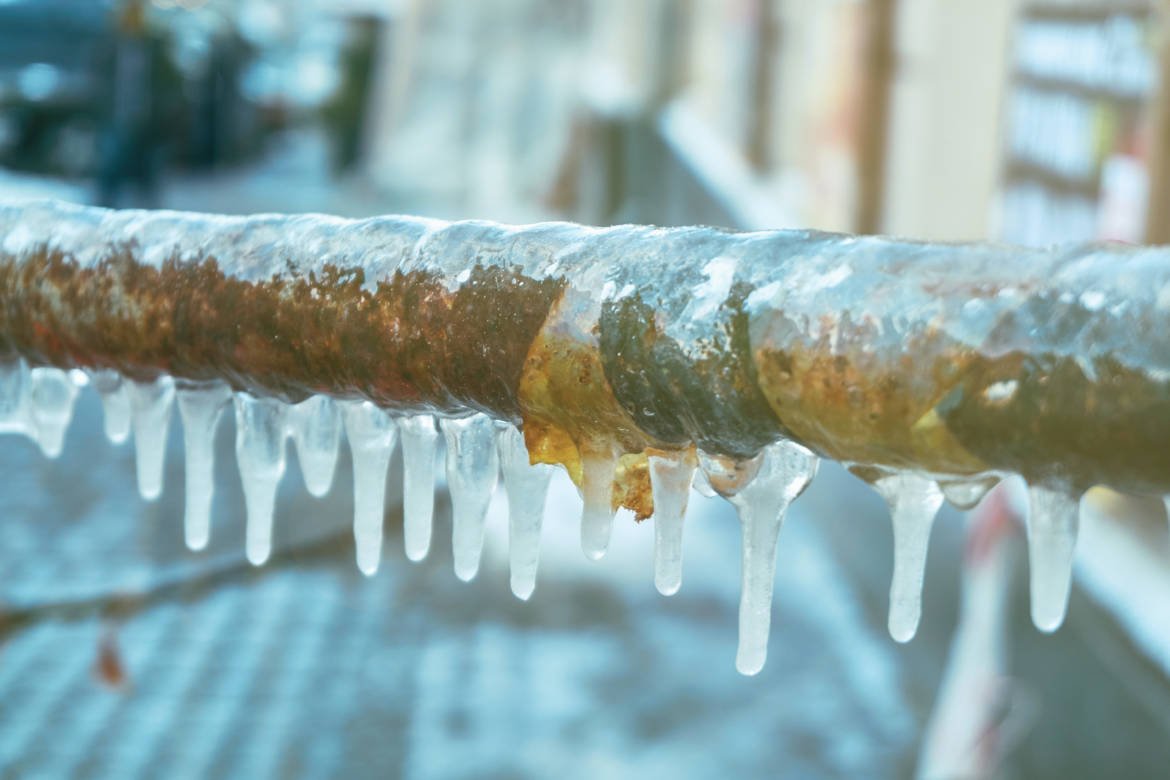Just how do you really feel on the subject of How To Avoid Freezing Pipes?

Cold weather can wreak havoc on your plumbing, particularly by freezing pipes. Here's just how to avoid it from happening and what to do if it does.
Intro
As temperatures decline, the danger of frozen pipelines increases, possibly leading to pricey repair work and water damages. Understanding exactly how to prevent frozen pipelines is essential for property owners in cold climates.
Understanding Icy Pipelines
What causes pipelines to freeze?
Pipelines freeze when revealed to temperature levels listed below 32 ° F (0 ° C) for prolonged periods. As water inside the pipes freezes, it increases, putting pressure on the pipe walls and possibly creating them to rupture.
Threats and problems
Frozen pipelines can lead to water supply disruptions, property damages, and pricey repairs. Burst pipes can flooding homes and cause substantial architectural damages.
Signs of Frozen Pipeline
Determining frozen pipes early can prevent them from bursting.
How to identify frozen pipelines
Seek lowered water circulation from taps, unusual odors or noises from pipelines, and noticeable frost on subjected pipes.
Prevention Tips
Shielding prone pipes
Wrap pipelines in insulation sleeves or utilize warm tape to protect them from freezing temperature levels. Concentrate on pipes in unheated or external areas of the home.
Heating strategies
Keep indoor areas properly warmed, particularly areas with plumbing. Open up cupboard doors to permit warm air to distribute around pipelines under sinks.
Shielding Exterior Plumbing
Yard hoses and exterior faucets
Disconnect and drain pipes garden tubes prior to winter months. Set up frost-proof faucets or cover exterior taps with shielded caps.
What to Do If Your Pipelines Freeze
Immediate actions to take
If you suspect frozen pipes, keep taps open up to alleviate pressure as the ice thaws. Make use of a hairdryer or towels taken in warm water to thaw pipes slowly.
Long-Term Solutions
Structural adjustments
Take into consideration rerouting pipelines away from exterior wall surfaces or unheated locations. Add extra insulation to attic rooms, basements, and crawl spaces.
Upgrading insulation
Buy top notch insulation for pipes, attic rooms, and walls. Proper insulation aids maintain regular temperatures and reduces the danger of frozen pipes.
Verdict
Stopping frozen pipes calls for positive steps and fast actions. By comprehending the causes, indications, and preventive measures, home owners can secure their plumbing throughout cold weather.
5 Ways to Prevent Frozen Pipes
Drain Outdoor Faucets and Disconnect Hoses
First, close the shut-off valve that controls the flow of water in the pipe to your outdoor faucet. Then, head outside to disconnect and drain your hose and open the outdoor faucet to allow the water to completely drain out of the line. Turn off the faucet when done. Finally, head back to the shut-off valve and drain the remaining water inside the pipe into a bucket or container. Additionally, if you have a home irrigation system, you should consider hiring an expert to clear the system of water each year.
Insulate Pipes
One of the best and most cost-effective methods for preventing frozen water pipes is to wrap your pipes with insulation. This is especially important for areas in your home that aren’t exposed to heat, such as an attic. We suggest using foam sleeves, which can typically be found at your local hardware store.
Keep Heat Running at 65
Your pipes are located inside your walls, and the temperature there is much colder than the rest of the house. To prevent your pipes from freezing, The Insurance Information Institute suggests that you keep your home heated to at least 65 degrees, even when traveling. You may want to invest in smart devices that can keep an eye on the temperature in your home while you’re away.
Leave Water Dripping
Moving water — even a small trickle — can prevent ice from forming inside your pipes. When freezing temps are imminent, start a drip of water from all faucets that serve exposed pipes. Leaving a few faucets running will also help relieve pressure inside the pipes and help prevent a rupture if the water inside freezes.
Open Cupboard Doors
Warm your kitchen and bathroom pipes by opening cupboards and vanities. You should also leave your interior doors ajar to help warm air circulate evenly throughout your home.

I am just very fascinated by Helpful Tips to Prevent Frozen Pipes this Winter and I am hoping you enjoyed the new page. In case you appreciated our blog posting please make sure you remember to pass it around. I treasure your readership.
Book Maintenance